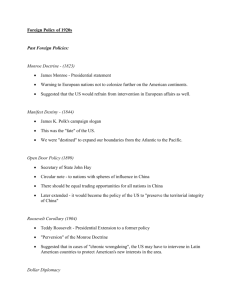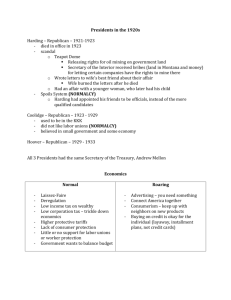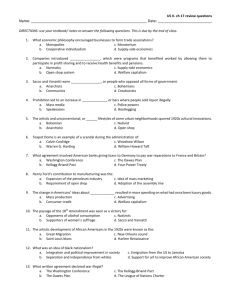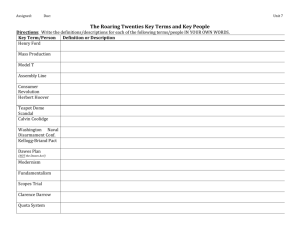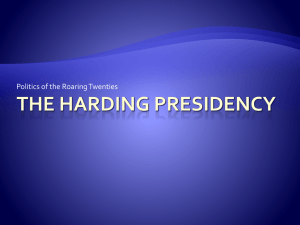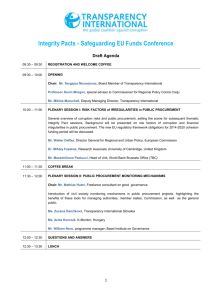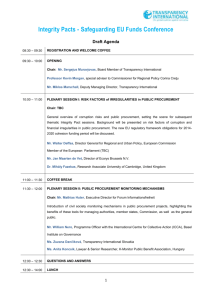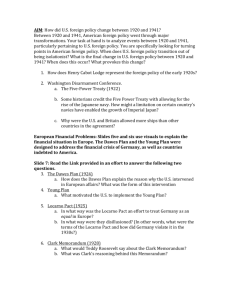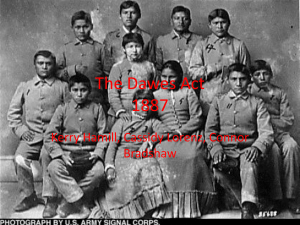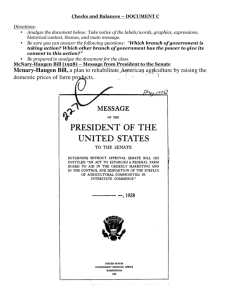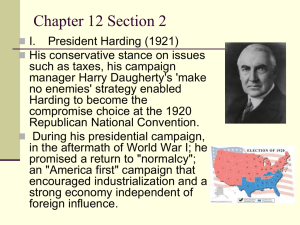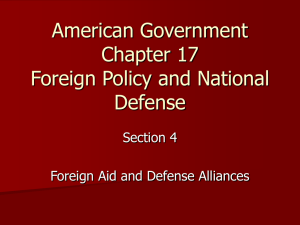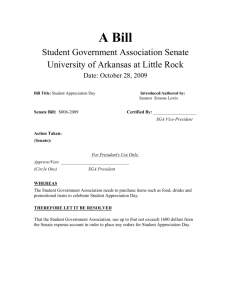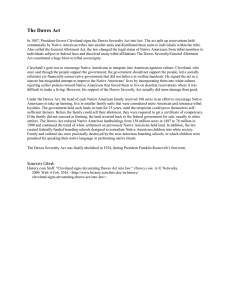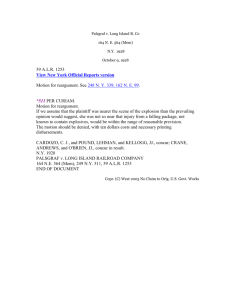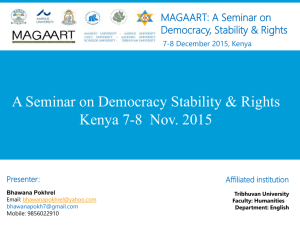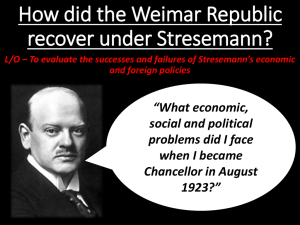Foreign Policy in the 1920s
advertisement
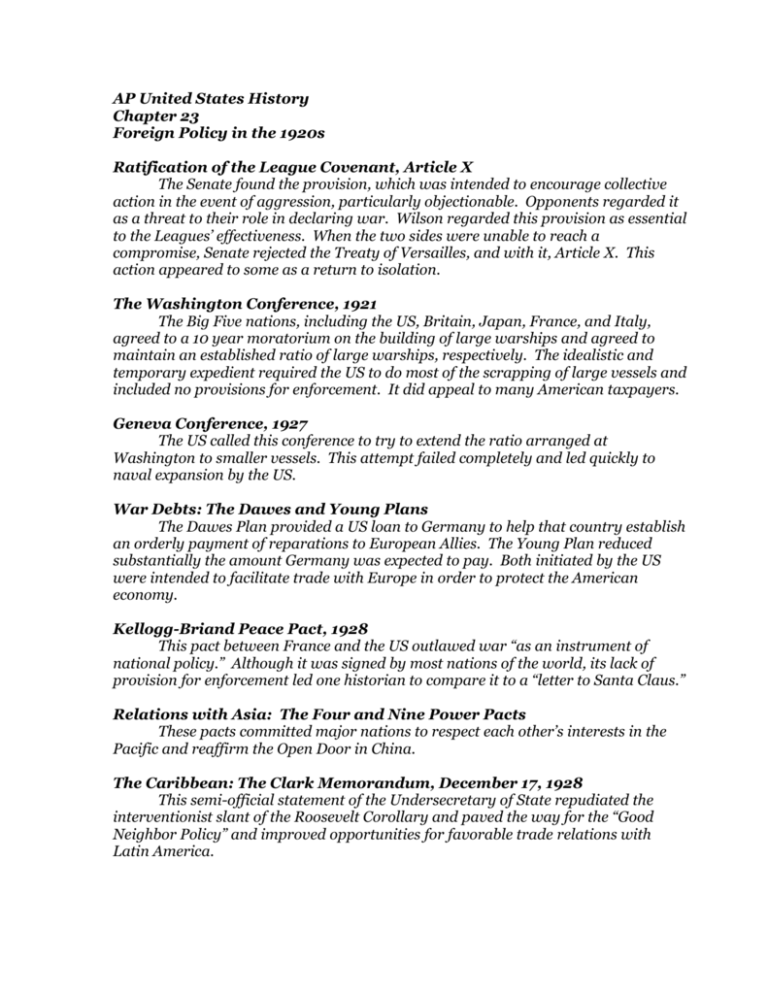
AP United States History Chapter 23 Foreign Policy in the 1920s Ratification of the League Covenant, Article X The Senate found the provision, which was intended to encourage collective action in the event of aggression, particularly objectionable. Opponents regarded it as a threat to their role in declaring war. Wilson regarded this provision as essential to the Leagues’ effectiveness. When the two sides were unable to reach a compromise, Senate rejected the Treaty of Versailles, and with it, Article X. This action appeared to some as a return to isolation. The Washington Conference, 1921 The Big Five nations, including the US, Britain, Japan, France, and Italy, agreed to a 10 year moratorium on the building of large warships and agreed to maintain an established ratio of large warships, respectively. The idealistic and temporary expedient required the US to do most of the scrapping of large vessels and included no provisions for enforcement. It did appeal to many American taxpayers. Geneva Conference, 1927 The US called this conference to try to extend the ratio arranged at Washington to smaller vessels. This attempt failed completely and led quickly to naval expansion by the US. War Debts: The Dawes and Young Plans The Dawes Plan provided a US loan to Germany to help that country establish an orderly payment of reparations to European Allies. The Young Plan reduced substantially the amount Germany was expected to pay. Both initiated by the US were intended to facilitate trade with Europe in order to protect the American economy. Kellogg-Briand Peace Pact, 1928 This pact between France and the US outlawed war “as an instrument of national policy.” Although it was signed by most nations of the world, its lack of provision for enforcement led one historian to compare it to a “letter to Santa Claus.” Relations with Asia: The Four and Nine Power Pacts These pacts committed major nations to respect each other’s interests in the Pacific and reaffirm the Open Door in China. The Caribbean: The Clark Memorandum, December 17, 1928 This semi-official statement of the Undersecretary of State repudiated the interventionist slant of the Roosevelt Corollary and paved the way for the “Good Neighbor Policy” and improved opportunities for favorable trade relations with Latin America.
